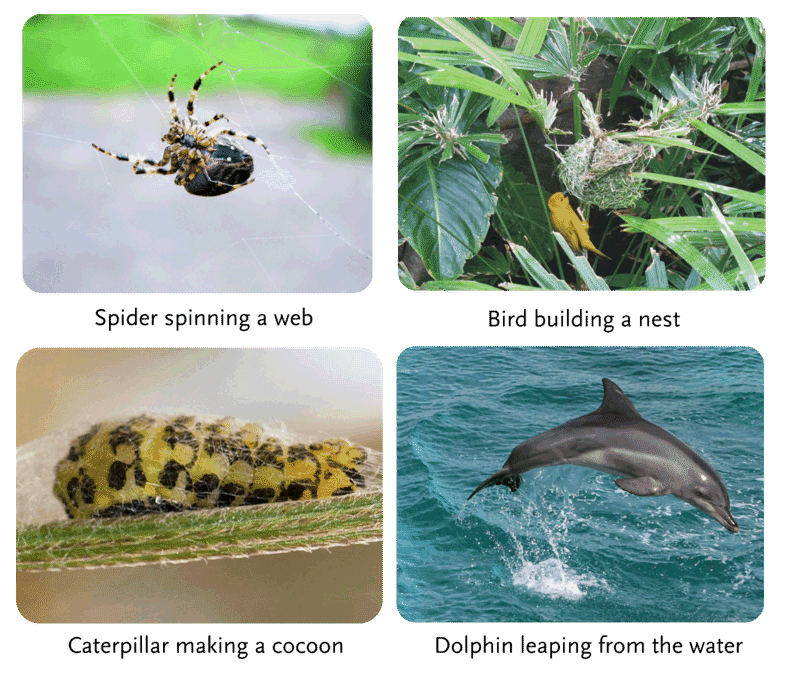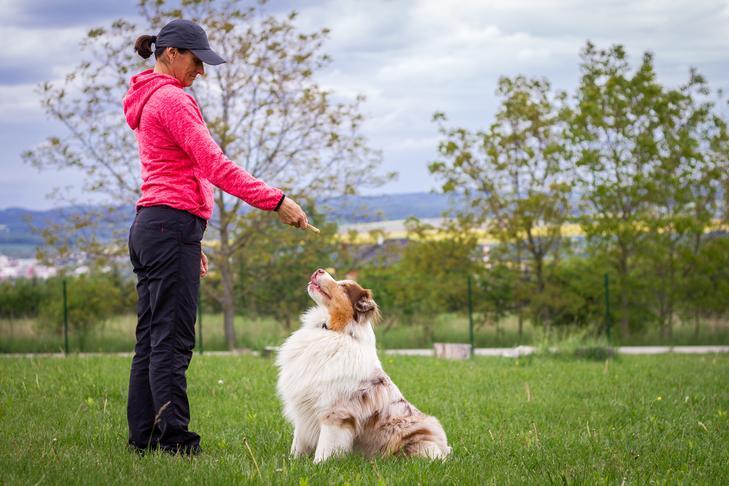Animals – Innate and Learned Behavior Study Guide
Introduction
We all respond to stimuli from the environment, and how we respond to a stimulus represents our personality and mental state. This is called behavior. There are two types of animal behavior: innate and learned.
Innate behaviour Definition
Innate behaviour is often uncontrolled and automatic. It usually occurs in response to a particular stimulus. That is why, an Innate behaviour is very predictable once you identify it in a certain species, since organically all living organisms exhibit the similar innate behaviours, specifically given that a few of these behaviours are essential for their survival.
Innate Behavior Among Animals

Innate Behavior is the ability of an animal to respond spontaneously to a situation or a stimulus. Animal behavior is based on instinct and the spontaneous inner drive to respond to a stimulus can be considered innate.
-
Innate responses are not dependent on the animal’s cognition. They’re based on natural behaviors that are more or less unanimous for a species or a population. These behaviors are considered to be genetic and can adapt through natural selection.
-
The migration of birds, animals, and crabs to locations in certain seasons, depending on the availability of resources, is an innate behavior in response to seasonal changes.
-
A change or delay in the season can directly impact the migratory patterns or behaviors of an animal. This has been observed in bird sanctuaries when reduced rainfall causes a low influx of migratory birds.
Learned Behavior Among Animals

Learned Behavior is animal behavior attained through training and correction from the errors of past experiences. This is why these behaviors are not consistent but are flexible and adaptable to changing situations.
Learning is achieved through techniques like habituation, sensitization, classical conditioning, operant conditioning, observational learning, play, and insight learning. Let’s talk about them below.
Habituation
Habituation is learning behavior through repeated exposure to a stimulus. The original behavior is reduced in habituation, like refraining from responding to a stimulus.
- An example of learned behavior through habituation is acquainting a dog with a new neighbor. The dog will likely bark at the neighbor frequently in the beginning, but as it gains more exposure to them, the action reduces over time.
Sensitization
Sensitization is the opposite of habituation. Repetitive exposure to stimuli can result in an progressively amplified response to a certain stimulus.
- An example of learned behavior through sensitization is how a dog that runs away in response to repetitive exposure to loud noises may respond equally aggressively to quieter ones.
Classical Conditioning
Classical Conditioning is the process by which an association is created between a natural stimulus and a neutral one.
- An famous example of classical conditioning is Pavlov’s dogs, an experiment in which Pavlov showed that dogs could be conditioned to salivate at the ring of a bell if they are exposed to the noise repeatedly when they are fed. In this case, the natural stimulus is the food, and the neutral one is the bell.
Operant Conditioning
Operant Conditioning is the process of learning behavior through the association of a response with a reward or punishment.
- An example of operant conditioning is teaching a dog to sit. If the animal performs the behavior, they are rewarded with a treat. If they fail to do so, they are given a punishment.
Observational Behavior
Observational Behavior is learning to perform or avoid a response to a stimulus from another animal of the same species.
- An example of observational behavior is how wolves and animals living in groups learn to perform or avoid behaviors by following their leader.
Play
Play is the process by which young animals learn important behaviors from one another.
- An example of play is how kittens learn how to catch prey through chasing, pouncing on, and wrestling one another.
Insight Learning
Insight Learning uses past experiences to reason and learn new behaviors to solve problems.
- An example of insight learning can be seen in the experiments of Wolfgang Kohler in the 1900s. He found that chimpanzees could use insight learning (as opposed to trial-and-error) to obtain a banana out of reach. Instead of running through physical trials, the chimpanzees ran through mental trials that allowed them to find the solution of stacking boxes on top of each other and using sticks to knock the banana down.
✅ Conclusion
-
Learning about animal behavior is interesting and is an opportunity for animals like us also to learn new behaviors.
-
In innate behavior, animals are genetically hardwired to perform a task without learning such as migration in birds.
-
In learned behavior, animals are taught the behaviors such as a dog obeying the commands of human beings.
FAQs
1. How is behavior related to evolution?
- Behaviour is related to evolution because it depends on natural selection and genetic modification indicating evolution. Behaviors that increase species’ fitness are more common and persistent, while behaviors that cost energy are made less common.
2. What is meant by the evolution of behavior?
- Behaviors that are accepted over time as an adaptation to the level that it becomes characteristic for the species behaviors have evolved. When small-necked herbivores started reaching out to the food in the top of the trees, their neck extended, and it became a habit that they fed only on greens in the treetops most of the time.
3. What are the 4 types of animal behavior?
- Instinct, imprinting, conditioning, and imitation are the four types of animal behavior.
4. What is animal behavior and types of animal behavior?
-
Animal behavior is the animal’s response to stimuli, and the types of animal behavior are learned and innate.
-
Examples of animal behavior are training dogs to obey commands which are learned behavior. In contrast, innate behavior is the mating signals like the crowing of birds or dancing of the peacock before the rain.
5. What factors influence animal behavior?
- Some factors that influence animal behavior are fear response, territory size, diet, daily habits, and family and herd size.
6. Why is the study of animal behavior important?
- The study of animal behavior is important because it helps understand how behavior has evolved, especially when reflected from gene interaction with the environment.
We hope you enjoyed studying this lesson and learned something cool about Animals – Innate and Learned Behavior! Join our Discord community to get any questions you may have answered and to engage with other students just like you! Don’t forget to download our App to experience our fun, VR classrooms – we promise, it makes studying much more fun! 😎
]]>